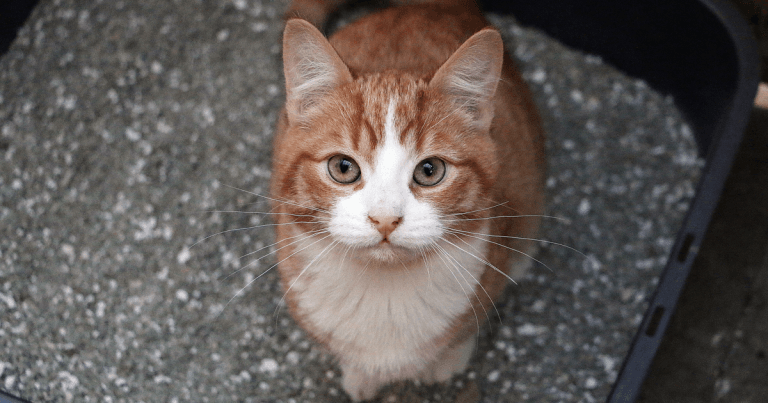16 May 2023
Lumbry Park Veterinary Specialists, Axiom Veterinary Laboratories and Finn Pathologists hope findings may give vets practical recommendations on susceptibility testing and antibiotic use.

Image © BiancaGrueneberg / Adobe Stock
A study conducted by businesses within CVS Group has investigated prevalent strains of bacteria in feline urine to help understanding of the culture and sensitivity profiles for UK cats.
Bacterial urinary tract infections in cats suffering FLUTD are estimated to present in between 8% and 19% of cases, with FLUTD a common reason for use of antimicrobials in veterinary medicine.
Prevalence of bacterial strains and levels of antimicrobial resistance (AMR) has previously never been widely studied or reported.
CVS’ Lumbry Park Veterinary Specialists, Axiom Laboratories and Finn Pathologists conducted a study to help understanding the prevalence of bacterial species isolated from 2,712 urine samples collected via cystocentesis from UK cats.
Findings showed 15.7% of the samples had a positive culture, with Escherichia coli (43.7%), other Enterobacterales (26.4%) and Enterococcus species (14.9%) the most common isolates identified.
Enterococcus species were frequently found to be resistant to multiple antibiotics, and were found to be much less susceptible to trimethoprim and sulfamethoxazole than had been previously documented.
Data in the present study added to existing evidence that use of cephalosporins, such as cefovecin, may be ineffective in many cases – with intrinsic resistance of Enterococcus species – and should be avoided unless cystocentesis and signalment results support their use.
It is feared inappropriate use of antibiotics for bacterial cystitis could not only be ineffective in managing bacterial cystitis, but could promote further AMR.
Clarisse D’Août, lead author of the research and internal medicine specialist at Lumbry Park Veterinary Specialists, said: “Even though feline lower urinary tract disease is one of the most common reasons for vets to prescribe antibiotics, the prevalence of bacterial strains in the urine of cats with this condition, and their resistance to commonly used antibiotics, had not been widely studied in the UK to date.
“So we hope that this study can add to the current evidence to making well-justified and practical recommendations in practices about which antibiotics to choose and those to avoid. We see this ongoing susceptibility testing as clinically important to avoid the development of further resistant bacteria.”
The full study, in journal Animals, is available online.